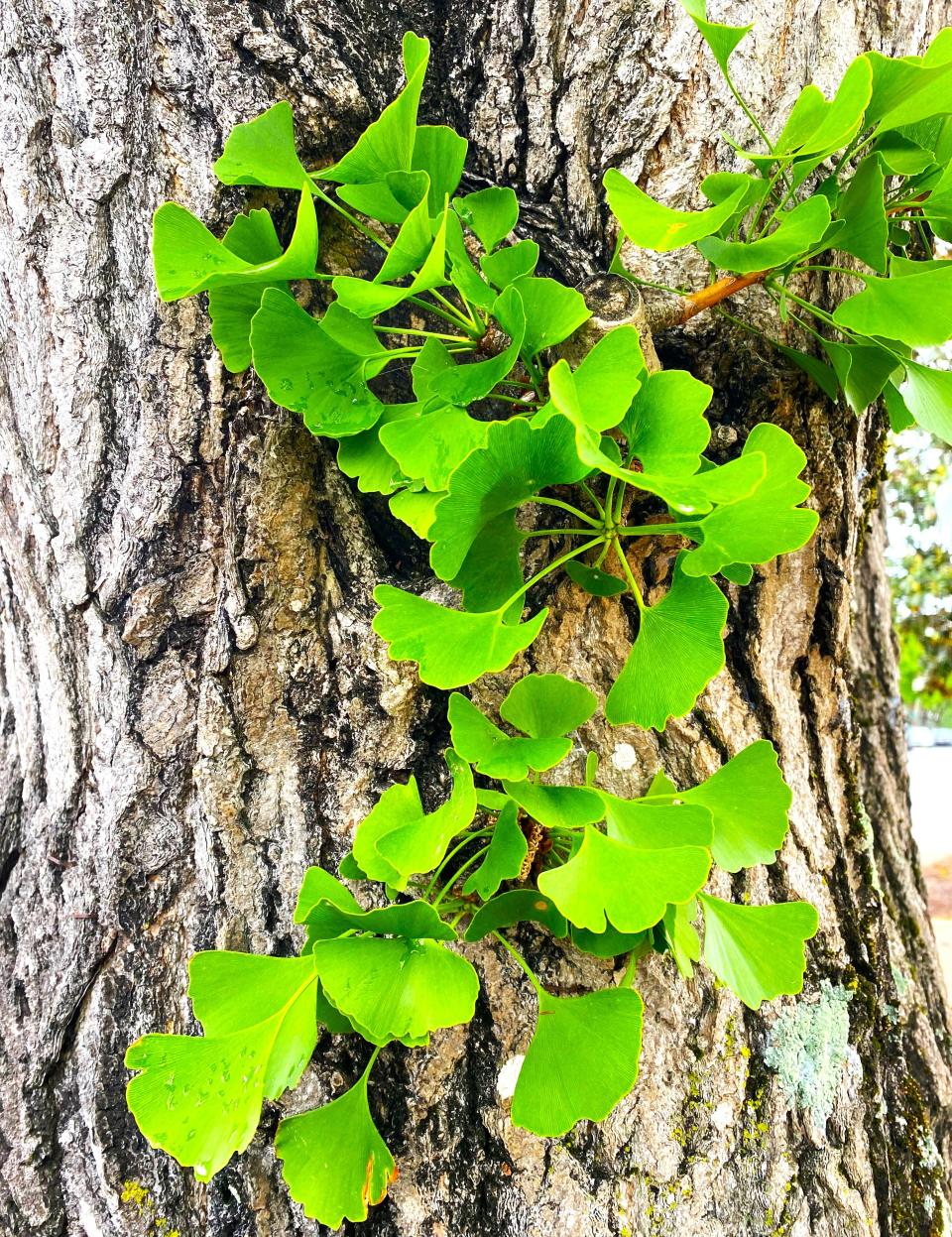Do gingko trees really live for hundreds of years? | ECOVIEWS
Q. I have read that ginkgo trees can live for hundreds of years. Is this true, and what makes them so unusual? Why are they called “living fossils?”
A. Modern ginkgoes belong to a single species of tree with no close living relatives. Fossils in the family extend back almost 300 million years, long before the dinosaurs, making them among the oldest known higher plants.
More: Many animals use alligator nests to their benefit | ECOVIEWS
The ginkgo tree has been called a "living fossil" because the leaves of its present-day representatives look similar to those of its ancestors that were fossilized millions of years ago.
The strange tree is known historically from temple gardens in China and Japan, but the exact geographic origin of their wild ancestors is unknown. Most in existence today have been planted and prosper in North America as well as in China and Japan.

Richard Dixon of the University of North Texas and colleagues from the Beijing Forestry University documented the remarkable longevity of individual trees in a study published in the Proceedings of the National Academy of Sciences.
An important finding was that ginkgo trees do not show the signs of aging characteristic of most other kinds of trees after a few years or decades.
A ginkgo tree is either male or female, and the investigators referred to other studies reporting that “male trees over 1,000 years old still maintain high pollen productivity and viability ... (And) many 1,000-year-old .... female trees can produce a large number of seeds every year.”
In terms of their relationship to modern trees, the leaves of ginkgoes are broad and flat like hardwoods. However, the ancestors of ginkgoes were more closely related to conifers.

Ginkgoes have been reported to reach heights of more than 150 feet and are popular in many urban areas for a variety of reasons. They are more tolerant of industrial air pollution than many trees and have deep root systems that allow them to withstand strong winds and be less likely to buckle sidewalks and streets. They are highly resistant to damage from insects and fungi.
The fan-shaped leaves turn bright yellow in autumn. Male ginkgoes are nice trees to have around, but females have a downside that detracts from their beauty. A person unaware of being near a ginkgo tree with its yellowish, plumlike fruit in fall casts a suspicious eye for unleashed dogs and begins to step cautiously. The smell of the ginkgo fruit has been described in more delicate terms as having the odor of "rancid butter" or being "unpleasant." Despite the disagreeable odor of ginkgo fruit for a short time in autumn, the tree is beautiful.
Why did ginkgo trees disappear from the wild in Asia, their presumed region of origin? They are wind-pollinated, so their demise was not due to the extinction of some rare insect that served as pollinators. Was the ginkgo an overused wood product of some ancient Asian culture? Is the disappearance of the once-widespread tree the result of natural processes of competition with other tree species, a pervasive blight, an attack by a specialized predator or parasite? No one knows why ginkgoes survived in the temple grounds.
Presumably a religious order collected and replanted seeds, but it was certainly not because monks enjoyed the smell. An even greater mystery is why ginkgo trees disappeared from all other areas. Whatever the case, ginkgoes are still here with us, despite their official ecological disappearance centuries ago.
The loss of biodiversity is globally pervasive, mostly the result of short-term exploitation by humans through a lack of awareness or a failure to appreciate natural environments. Ironically, our unwitting treatment of the ginkgo trees by planting them has resulted in their preservation.
One of the most mysterious plants ever to reach North America, the ginkgo serves as a reminder that human intervention into nature's ways can sometimes end positively. The ginkgo may have been clinging to the last thread of existence, only to be saved by human meddling
Whit Gibbons is professor of zoology and senior biologist at the University of Georgia’s Savannah River Ecology Laboratory. If you have an environmental question or comment, email ecoviews@gmail.com.
This article originally appeared on The Tuscaloosa News: Gingko trees can live for hundreds of years. Here's why | ECOVIEWS

